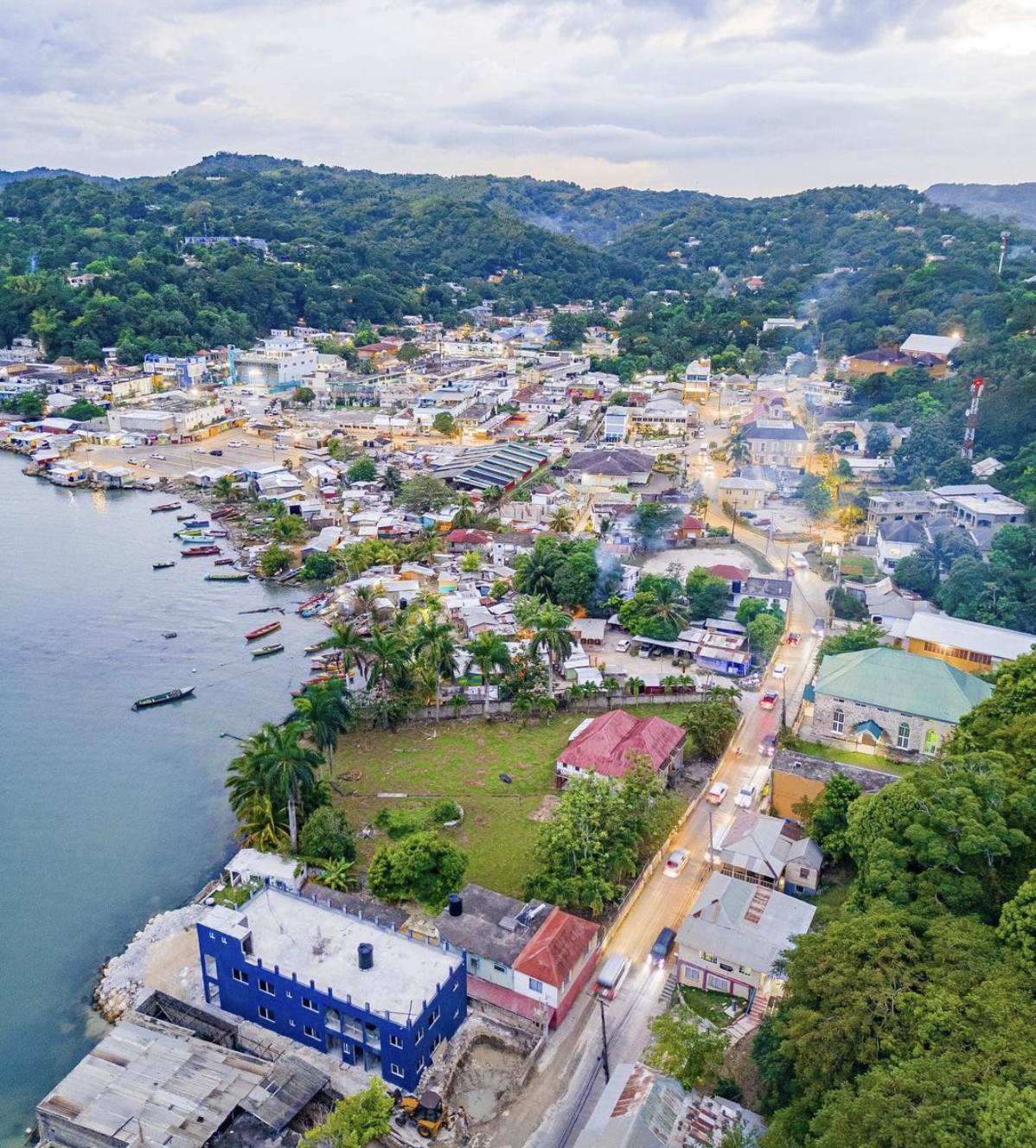
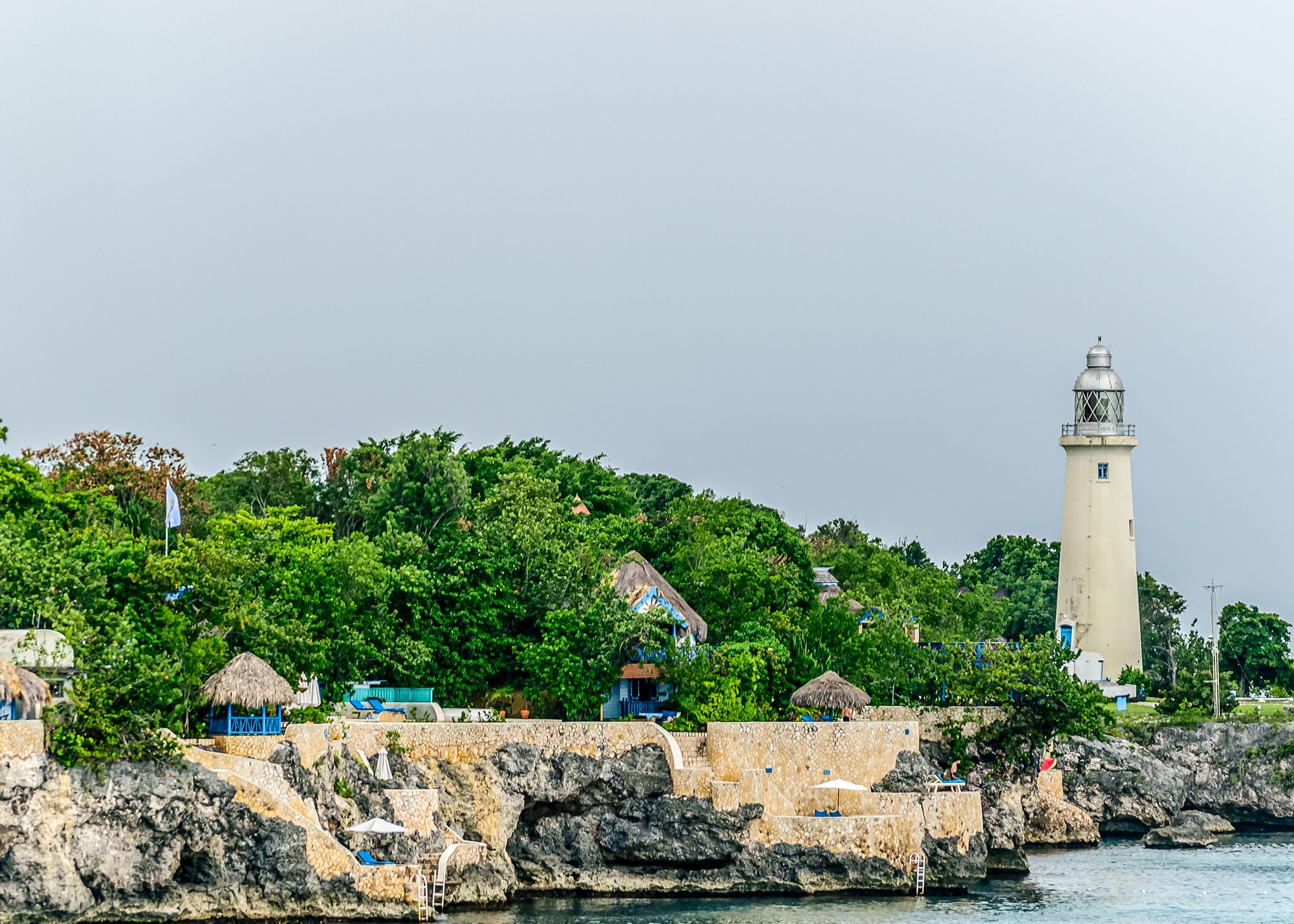
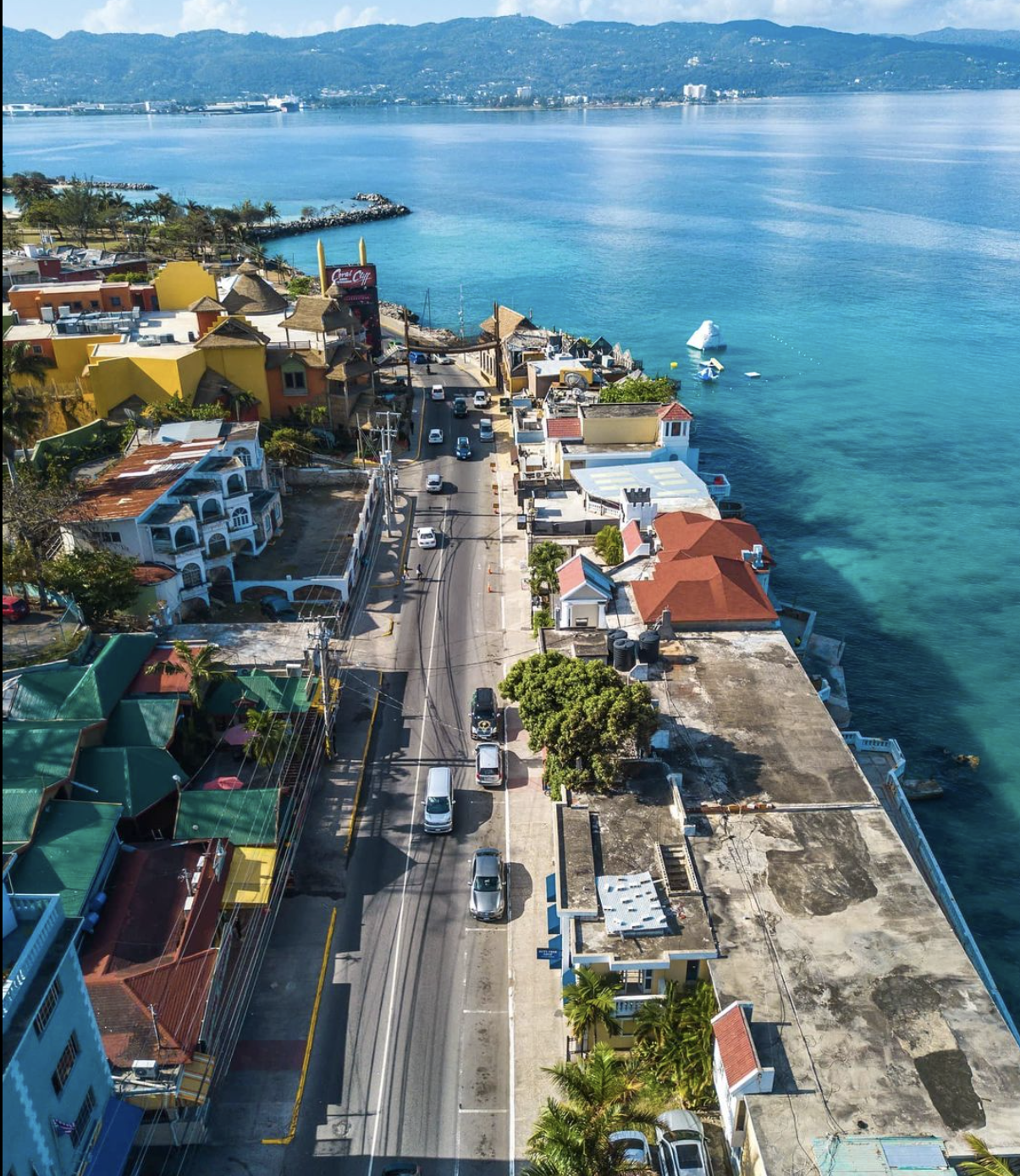
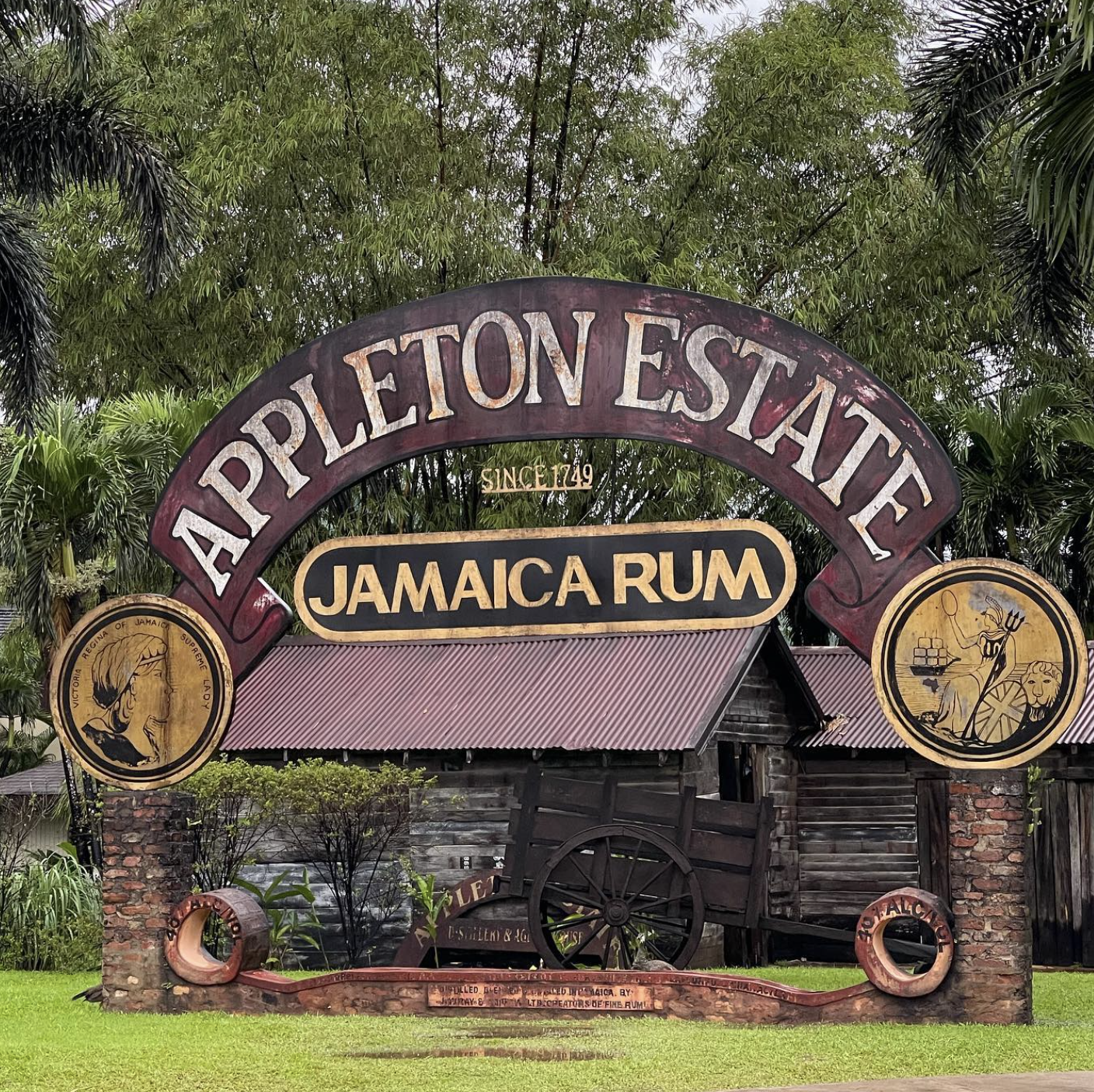
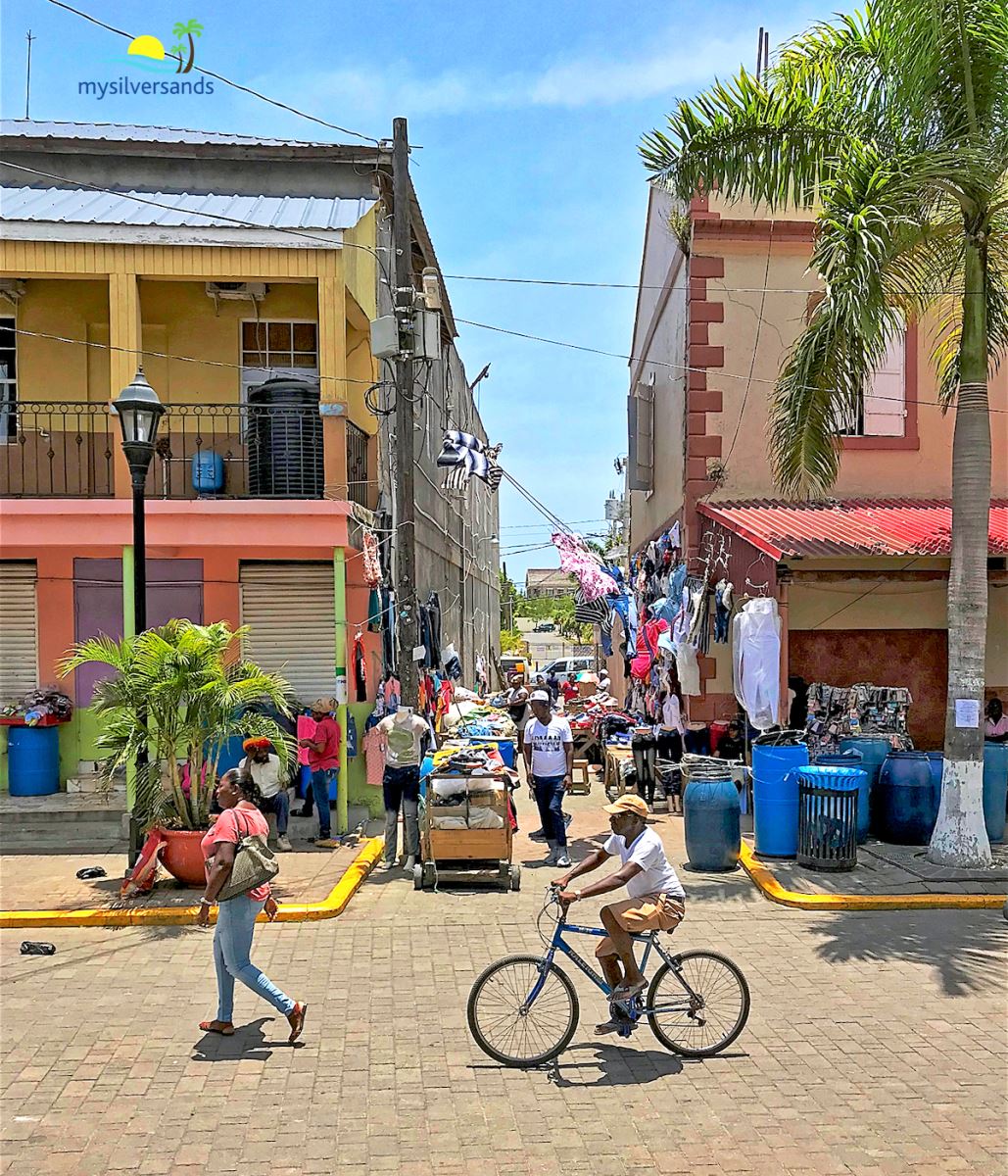
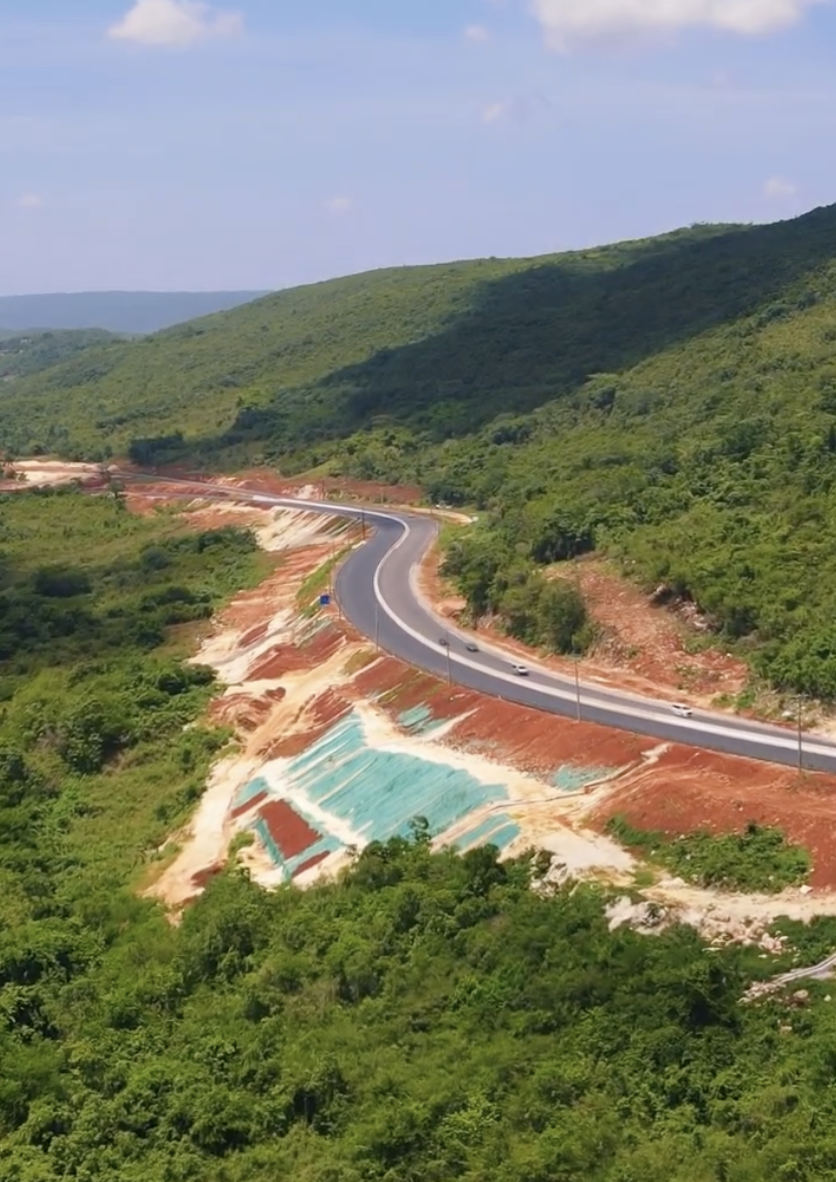
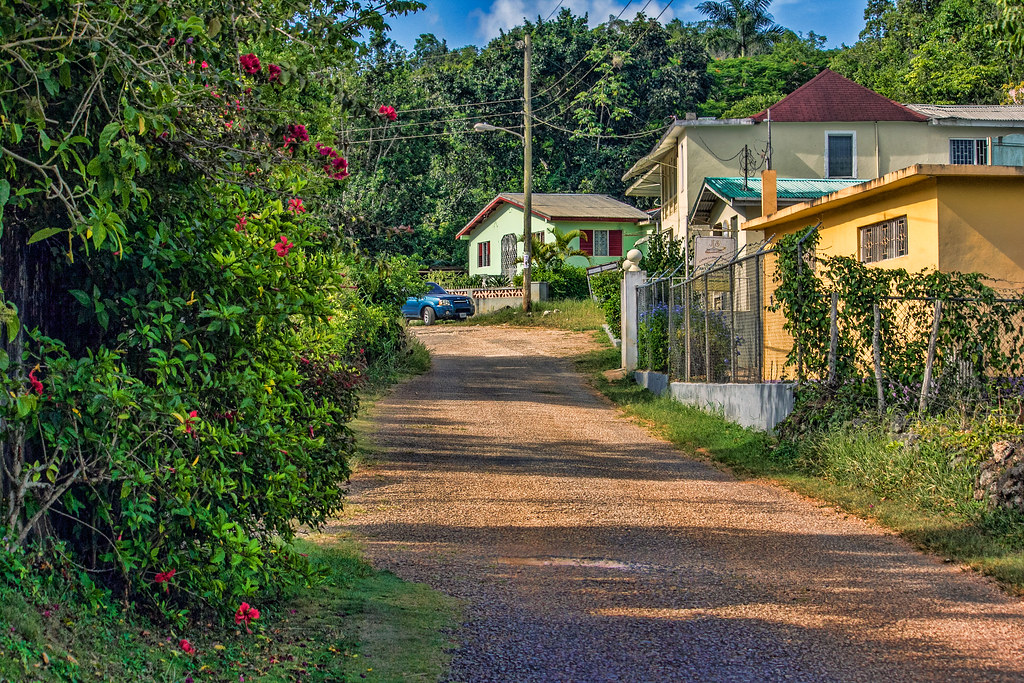
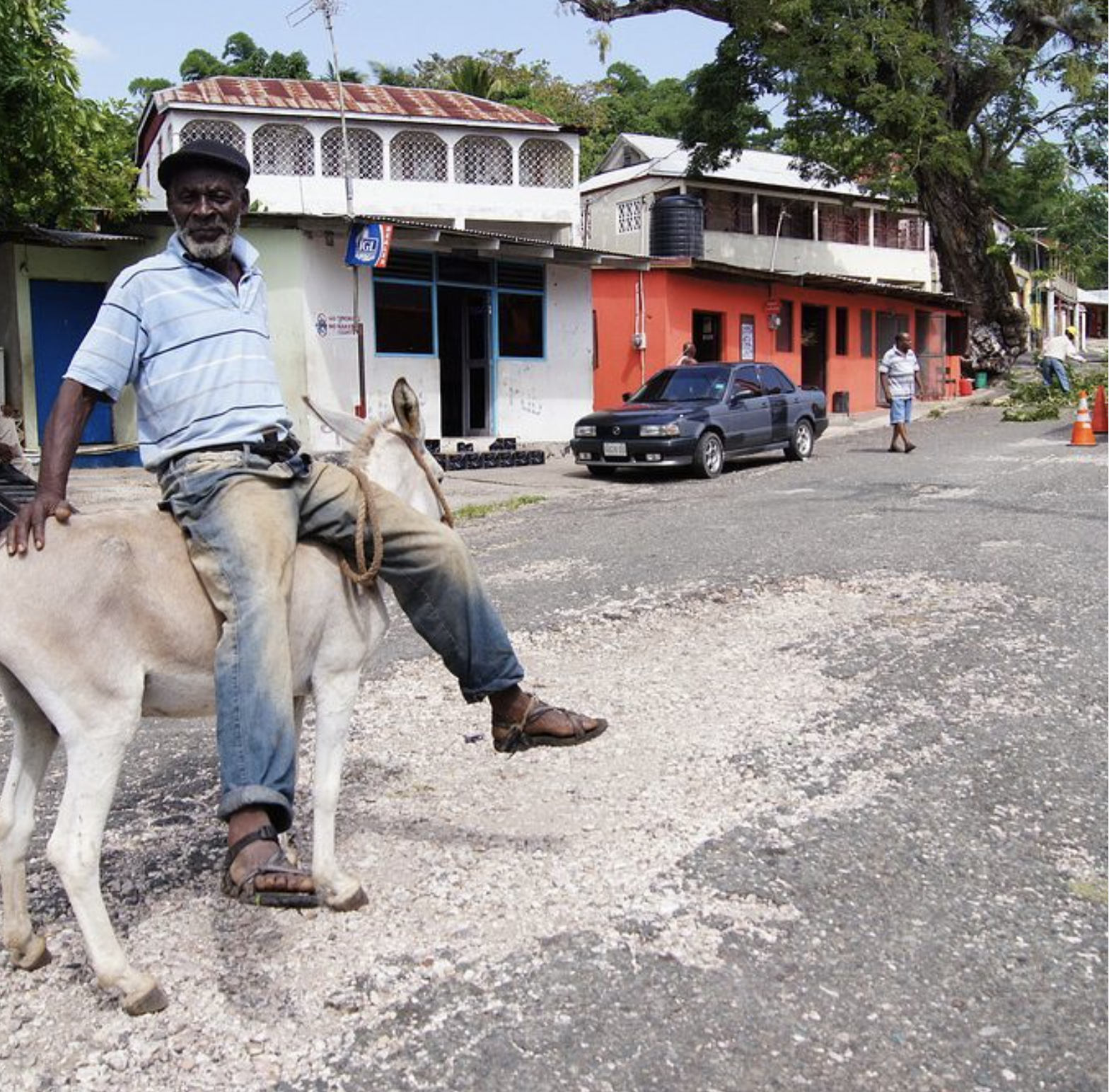

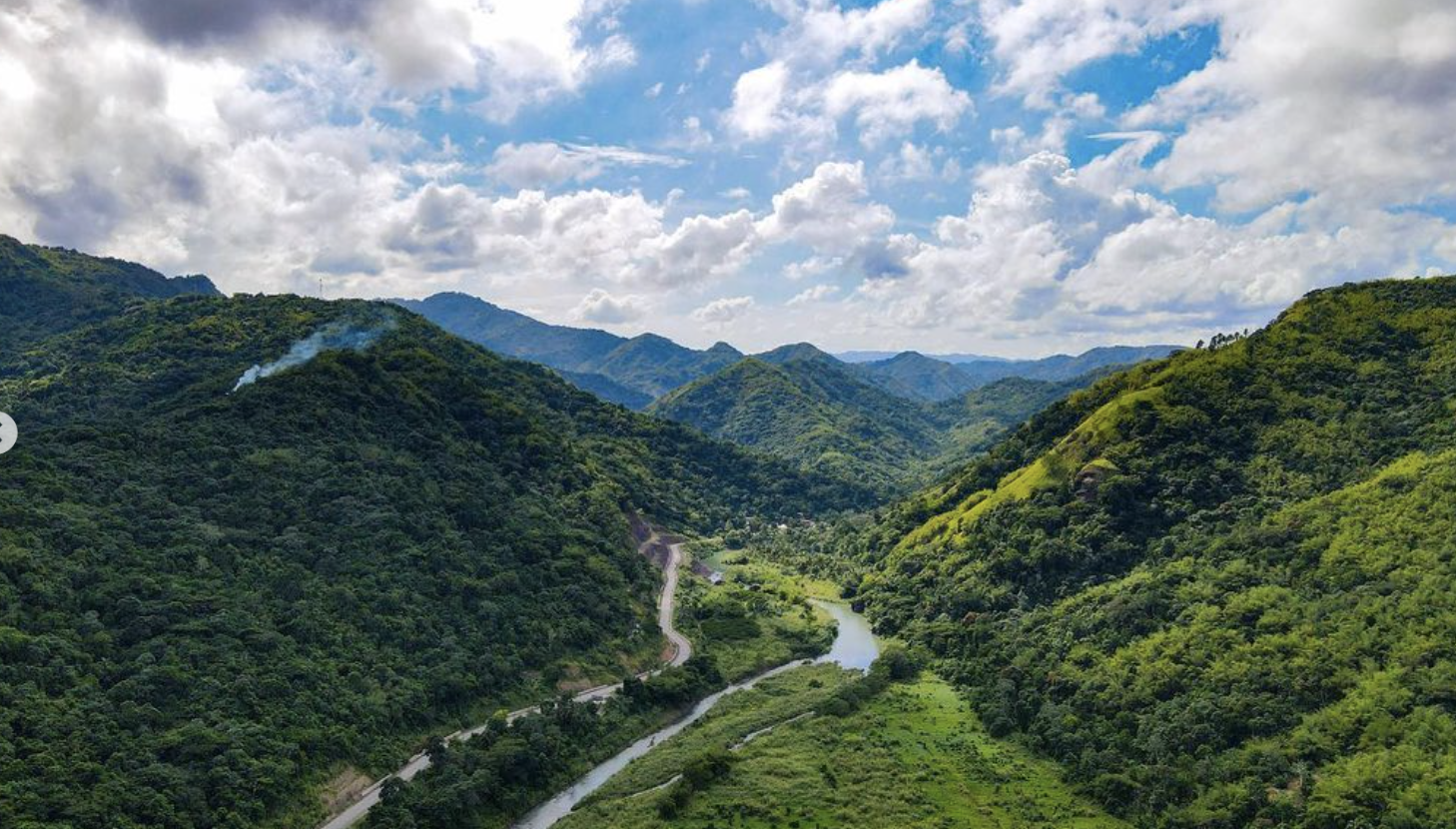
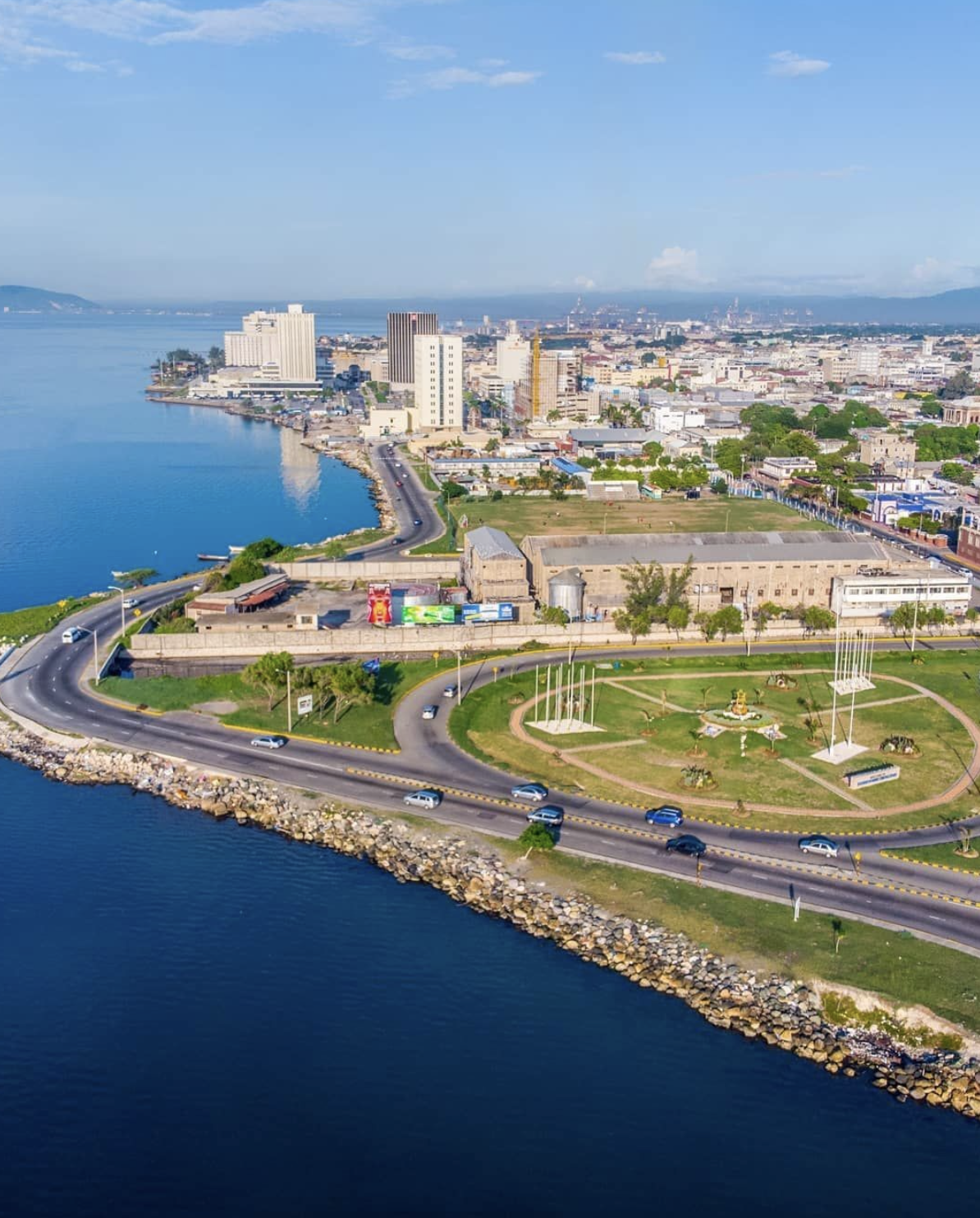
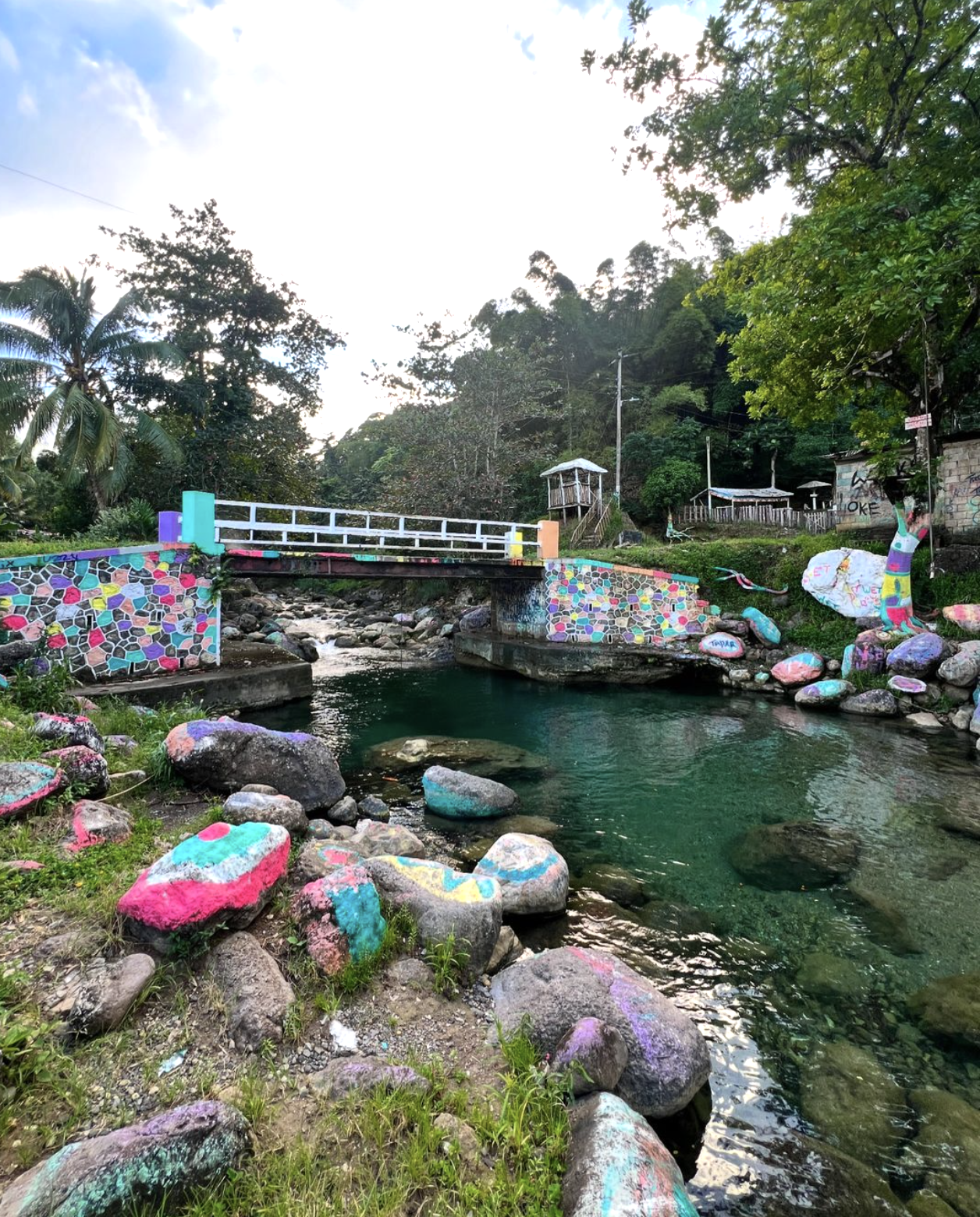
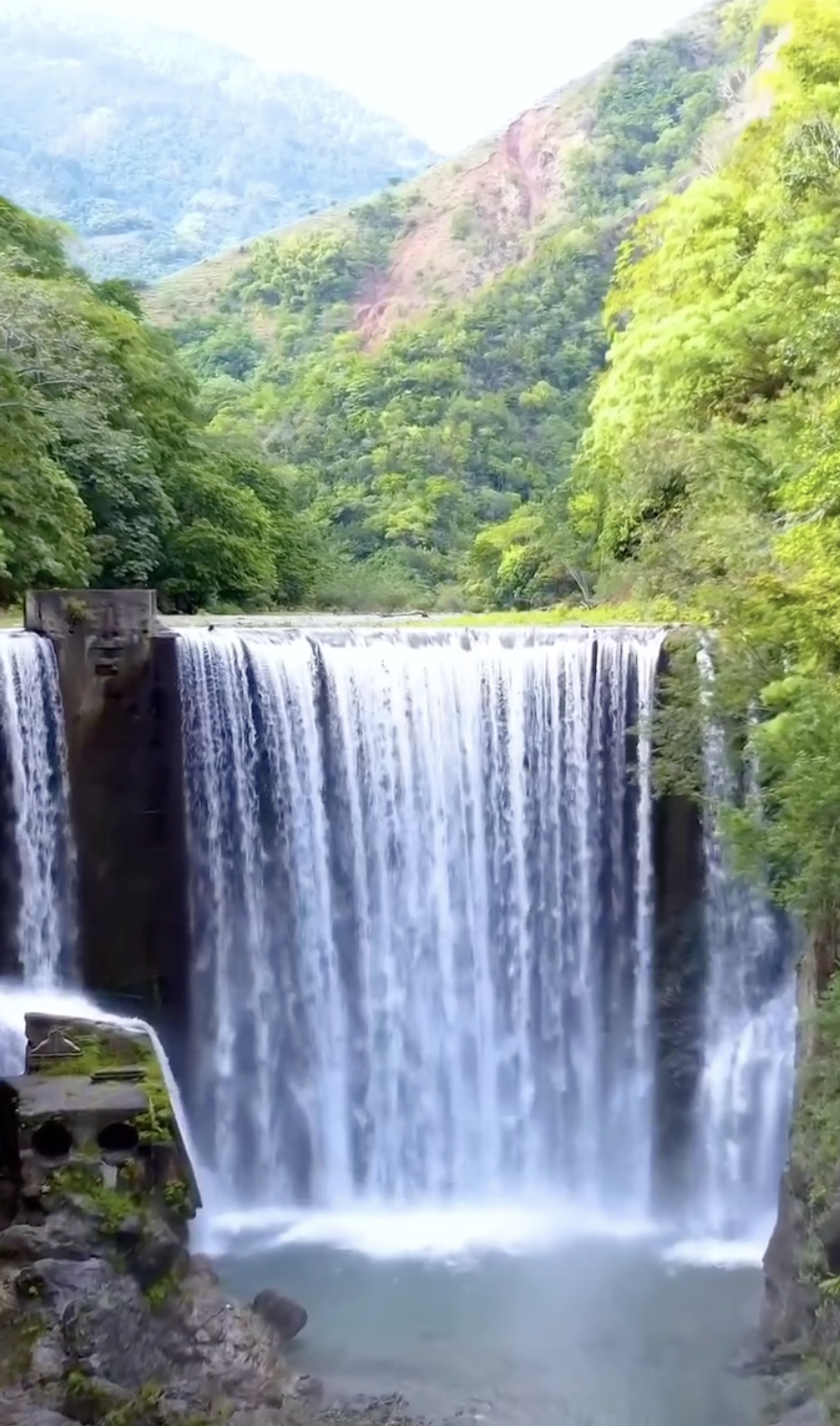
HANOVER
Hanover is located on the northwest coast of Jamaica. However, the terrain is mainly low lying with some mountainous regions. It also holds the distinction of being the second rainiest parish in the country It is the second smallest parish and it's capital is Lucea. In the past, Lucea was an old maritime town and famous sea-port where sailors spent brief periods before setting sail to other ports. Piracy was also one of the hallmarks of the early history of Hanover. Pirates would operate from the nearby coast specifically Negril Bay which was once an embarkation point for pirates
WESTMORELAND
Westmoreland is located on the southwest coast of Jamaica. Westmoreland is probably called so because it is the most westerly Parish in Jamaica. Savanna-la-mar or Sav-la-mar as it is popularly called was founded about 1730 as the main town in Westmoreland. Prior to 1730 the chief town was Queen's Town, now called Cross Path. It is said to mean “the plain by the sea. Savanna-lamar was built on a strip of land running down the sea between mangrove swamps which hem it in on both sides; it literally ends in the sea.. Negril is the tourism hub of the parish and one of the main tourist areas in Jamaica
SAINT JAMES
Named after James, Duke of York, by Sir Thomas Modyford, St. James was among the second batch of parishes to be formed in Jamaica in about 1664-1655; the others in this batch were St. George, St. Mary, St. Ann and St. Elizabeth. At the time of its formation, it was much larger than it now is, as it included what are now the separate parishes of Trelawny and Hanover. There have been various explanations of how Montego Bay came by its name. Historians agree that the theory with the greatest probability is that the name “montego “was derived from the Spanish word “manteca”, meaning lard or butter; an early map of Jamaica has the Montego Bay area listed as “Bahia de Manteca.
SAINT ELIZABETH
St Elizabeth is one of Jamaica’s oldest parishes, having been among the second group of parishes which were in existence by 1671.
Before 1703, St Elizabeth was extremely large, covering most of western Jamaica, including present-day Westmoreland. Changes to the
boundaries of the parish began in 1703 and ended in 1814, reducing St Elizabeth to its present size.
Even with these reductions, St Elizabeth remains today as Jamaica's second largest parish.
St Elizabeth also holds pride of
place as being home to black freedom fighters inspired by Sam Sharpe and to Accompong, famous for its own freedom fight and the enduring cultural legacy of the Maroons.
TRELAWNY
In 1770 the new parish of Trelawny was formed and named after the then governor, Sir William Trelawny, with the chief town being Martha Brae. However, Martha Brae’s size and location had made it unsuited to be the capital of the parish. Near Martha Brae, on the north coast of the island, was a small seaside village known as Martha Brae Point. This was renamed Falmouth and it was so named to establish an additional link with Sir William Trelawny.
MANCHESTER
At the beginning of the 19th century, the idea that the hilly districts standing between the parishes of Vere and Clarendon in the East and St. Thomas in the West could become a parish was conceived. It was this idea that started the breaking up of the larger parishes – Clarendon, Vere and St. Elizabeth - to form the new parish of Manchester in 1814. Today Manchester produces a large amount of Jamaica’s Irish potato crop and is also noted for its high quality production of citrus, bananas and ground provisions; dairy farming also takes place. The parish is still known for producing coffee particularly through the High Mountain Coffee Factory located in Williamsfield. Bauxite is mined on a large scale and much of Mandeville’s development and economic prosperity is owed to this mineral as the bauxite companies had invested greatly in the development of Manchester
SAINT ANN
St Ann is Jamaica’s largest parish in terms of land mass. St. Ann is known for its red soil, bauxite - a mineral that is considered to be very essential to Jamaica; the mineral is associated with the underlying dry limestone rocks of the parish. A typical feature of St. Ann is its caves and sinkholes such as Green Grotto Caves, Bat Cave, and Dairy Cave, to name a few.
CLARENDON
The Parish of Clarendon is Jamaica’s third largest parish in size behind St. Catherine and St. Ann. Clarendon has five major rivers, the Milk River, Rio Minho, Pinders River, Cave River and Thomas River. Clarendon has developed from the dependence on sugar and became a major player in the bauxite industry. Jamalco one of the principal companies in the precious metal is located in Hayes. The parish has also prospered due to the development of many business ventures that includes dry goods, confectionery and baked products. One of the island’s largest patty company; Juicy Beef, has its headquarters based in the parish.
SAINT CATHERINE
St. Catherine was one of the first seven parishes created in 1664 and this makes it one of the seven oldest parishes in Jamaica. The geography of the parish has influenced its development and history with its fairly flat, extensive plains in the south giving rise to a history of plantations and livestock farms. The higher elevations going northwards in the parish have also shaped the development of St Catherine, influencing the emergence of a thriving smallfarming economy and culture. St Catherine’s awesome Rio Cobre River has shaped the economy and the land over the centuries, resulting in some of the most spectacular natural formations such as the breathtakingly beautiful but potentially dangerous Bog Walk Gorge
SAINT MARY
The parish of St Mary is the fifth smallest parish in the island. The capital town Port Maria, a small rugged town, was originally named "Puerto Santa Maria". It was the second town established by Spanish settlers in Jamaica. Several buildings have survived from Port Maria's glory days of being a busy port, including the St Mary Parish Church and the old courthouse. The town also boasts a beach (Pagee Beach) an island (Carbarita Island) and a beautiful winding coastline.
SAINT ANDREW
The parish of St. Andrew was originally called Liguanea and the name still lingers around the plain as Kingston the capital city is located there. “Liguanea” is one of the few surviving Arawak words. Presumably, it stems from the word “iguana” meaning lizard. In 1923, Kingston and St. Andrew were amalgamated to create the corporate area of Kingston and St. Andrew, which is what it is commonly referred to by most Jamaicans. Half Way Tree is the capital of St. Andrew and it was originally called Half Way Tree Pen.
KINGSTON
Located on the south-eastern coast of Jamaica, Kingston is the smallest of Jamaica's fourteen parishes. It overlooks the fine, natural harbour known as Kingston Harbour and commands a spectacular view of the majestic Blue Mountains away to the distant north of the parish. Kingston was the name given to both the town that came into existence in 1692 and to the parish of which the town was a part. Throughout its history, Kingston developed from a small town into an evr-expanding city, becoming the permanent capital of Jamaica in 1872. Although the smallest parish, Kingston is today, the most densely populated and is seen as the hub and heartbeat of the nation.
PORTLAND
At its formation in 1723, Portland became one of the last six parishes created in our nation’s history. Portland’s northern and eastern boundaries are the beautiful waters of the Caribbean Sea, giving the parish the scenic attraction of its spectacular coastline dotted by miles of stunning beaches. Blessed by predictably frequent amounts of rainfall, fertile soils and lush green vegetation, Portland's economy has historically been abundantly agricultural, reaping its greatest success in the banana trade of the late nineteenth into the early twentieth centuries. Yet its very location on Jamaica's north-east coast has left it directly in the path of approaching storms and hurricanes, making Portland one of Jamaica’s more vulnerable parishes, subject to seasonal flooding and to its many rivers breaching their banks and bringing untold damage to agricultural production, homes and lives
SAINT THOMAS
Originally, the name of the parish was St. Thomas in the East and it was so named primarily to distinguish it from St. Thomas in the Vale (amalgamated to form present Court House, Bath St. Thomas in the East (1800s) day St. Catherine). St. Thomas was combined with the old parish of St. David, and is considered to be one of the oldest parishes in Jamaica.